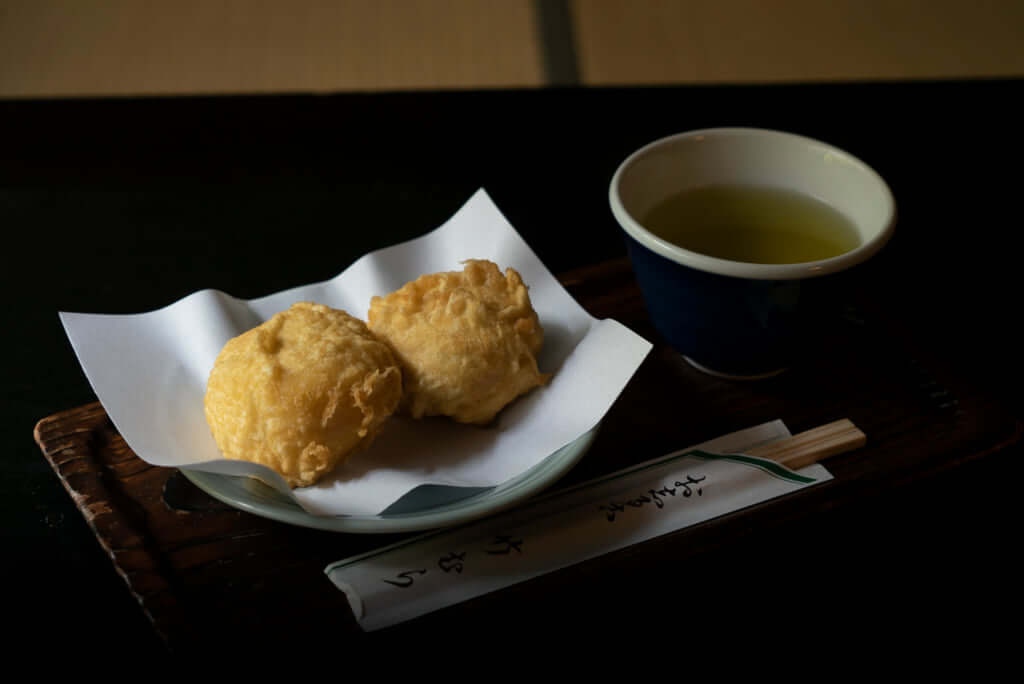Takemura, a Paradise of Japanese Sweets Since 1930

In a wooden house in the heart of Tokyo, which has been standing since 1930, Takemura sweet shop delights lovers of Japanese sweets thanks to its homemade recipes and menu which hasn’t changed since it opened. The building, designated as a place of historical importance, has survived through the years and escaped the damage caused by the Second World War.
Named kanmidokoro, meaning sweet shop, Takemura has retained its place in the hearts of Japanese food-lovers by offering appetising wagashi, traditional Japanese pastries. Loved for their elegance and refined flavours, wagashi are far more than simple sweets in Japan; they are seen as an art form, representing the very essence of the country’s culture. Their shapes, colours and flavours evoke the passage of the four seasons and the beauty of Japanese landscapes. They are a delight for the eyes too, and are traditionally served with a green tea, carefully selected so that the aromas of the hot drink and the wagashi go together perfectly.
The best-known sweet is the mochi, a ball of sticky rice filled with sweetened bean paste, but there are many other sweets on offer to delight the palate. Takemura is especially known for its seasonal specialities, such as the sakuramochi which evokes the sakura, the cherry blossom that blooms in spring. This sweet offers a light cherry blossom flavour from the very first bite.
The kuzumochi, more popular during the summer, is made from sweet potato starch, dusted with a generous amount of soy flour and served with a black sugar syrup. In winter, the shiruko, a sweet bean soup, warms up even the coldest of individuals. What could be nicer than tasting different sweets throughout the year, such as an agemanju. This dessert, rarely found in other traditional sweet shops, is a steamed cake, coated in tempura batter, like a doughnut batter, generally with a sweet red bean filling and fried in sesame oil. Its crisp outer and soft inner satisfy all tastes.
Takemura has now become an institution. It is a unique place preserved from the ravages of time and which appreciates the need for a little break for something to eat before getting lost in the buzz of the Akihabara district, known for its many electronics shops.



Takemura
1-19 Kanda-Sudacho, Chiyoda-ku, Tokyo
TRENDING
-
A House from the Taisho Era Reveals Its Secrets
While visiting an abandoned building, Hamish Campbell discovered photographs the owner had taken of the place in the 1920s.

-
The Taboo-Breaking Erotica of Toshio Saeki
The master of the 1970s Japanese avant-garde reimagined his most iconic artworks for a limited box set with silkscreen artist Fumie Taniyama.

-
With Meisa Fujishiro, Tokyo's Nudes Stand Tall
In the series 'Sketches of Tokyo', the photographer revisits the genre by bringing it face to face with the capital's architecture.

-
Masahisa Fukase's Family Portraits
In his series ‘Family’, the photographer compiles surprising photos in which he questions death, the inescapable.

-
Hajime Sorayama's Futuristic Eroticism
The illustrator is the pioneer for a form of hyperrealism that combines sensuality and technology and depicts sexualised robots.





